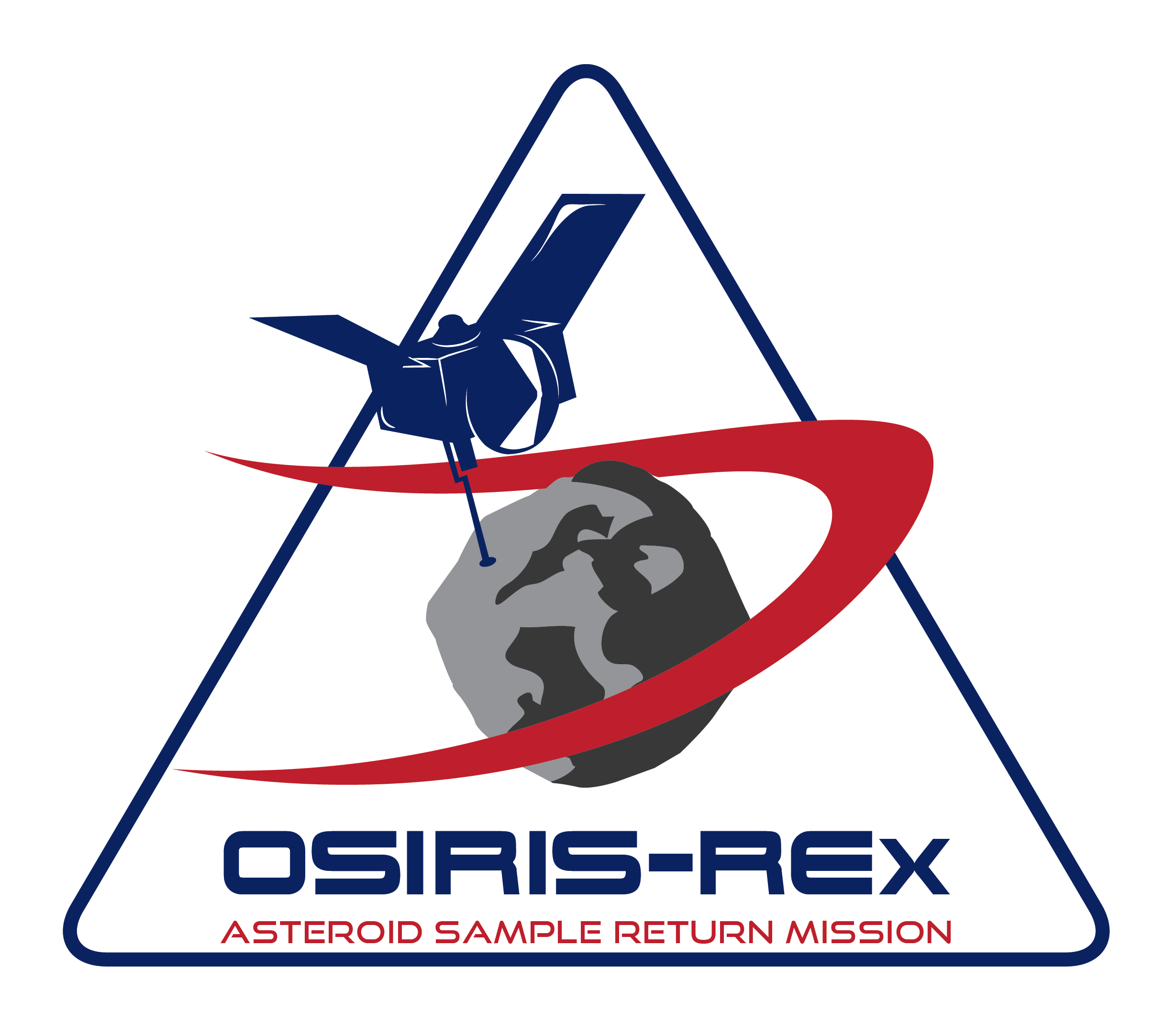Missions & Projects
Alphabetical
By Last Name:
Displaying records 1 to 9 of 9.
Show:
Apache Point Observatory
The Apache Point Lunar Laser Ranging Station utilizes the Astrophysical Research Consortium 3.5-meter telescope at the Apache Point Observatory in Sunspot, New Mexico. The large collecting area of the Apache Point 3.5 m diameter telescope, good atmospheric conditions at the site, and the efficient avalanche photodiode arrays used by the station result in a high-detection rate (even multiple detections per laser pulse) leading to millimeter-level range precision.
Key Staff
- Research Associate: Vishnu Viswanathan
- Research Associate: Nicholas Colmenares
- Project Manager: Stephen Merkowitz
- Instrument Scientist: Evan Hoffman
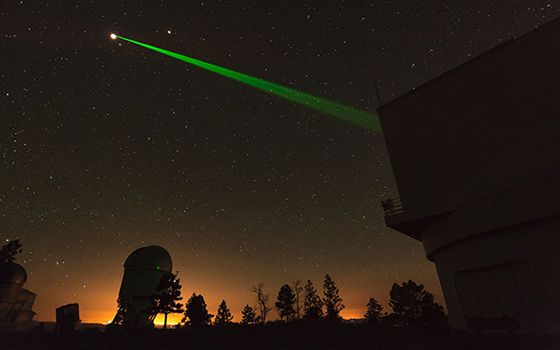
Europa Clipper
With its massive solar arrays and radar antennas, Europa Clipper will be the largest spacecraft NASA has ever developed for a planetary mission. Europa Clipper’s main science goal is to determine whether there are places below the surface of Jupiter’s icy moon, Europa, that could support life.
Key Staff
- Science Collaborator: Gael Cascioli
- Co Investigator: Lynnae Quick
- Instrument Principal Investigator: Erwan Mazarico

Infrared Photon Detectors
The Laser Remote Sensing Laboratory at NASA's GOddard Space flight Center is developing near-infrared photon-counting detectors for the CO2 sounders on ASCENDS and for multi-beam swath mapping laser altimeters for the Lidar Surface Topography (LIST) mission.
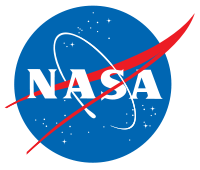
Lunar Environment and Dynamics for Exploration Research (LEADER)
LEADER is a SSERVI project that explores the lunar environment and the two-way connection with human systems, providing the first ever studies of this Human-Environment interaction feedback cycle
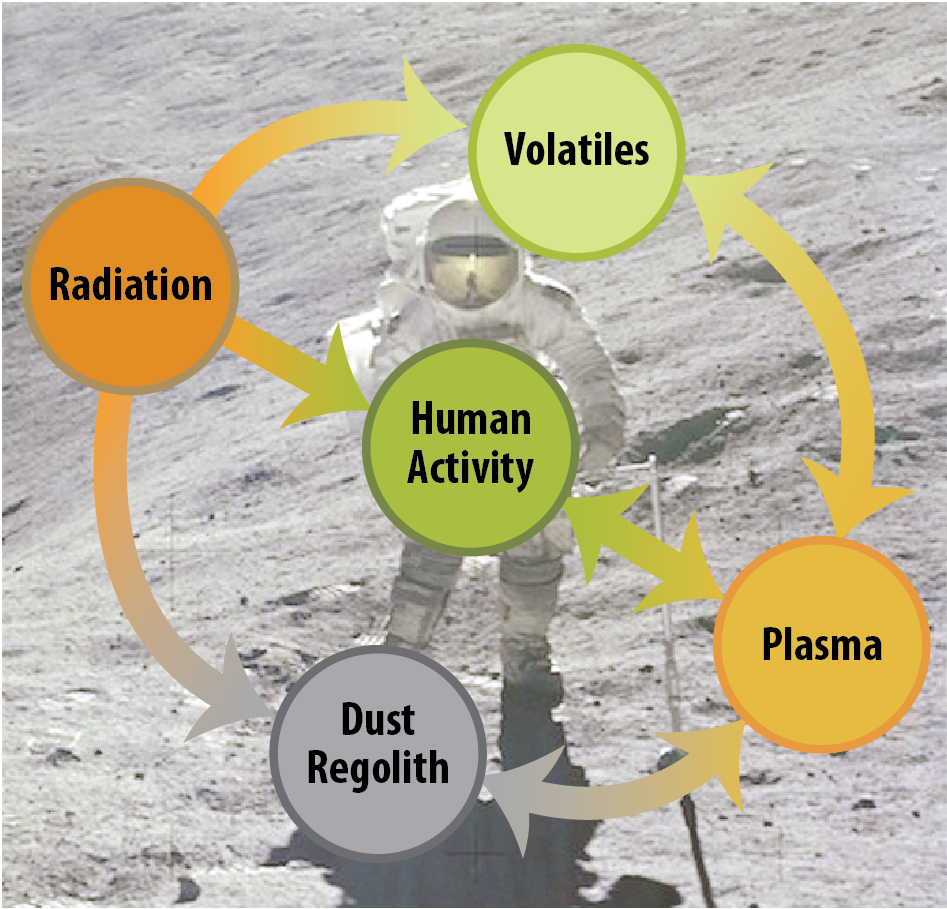
Lunar Laser Ranging (LLR)
Starting in July 1969, the Apollo and Lunaxhod programs deployed a variety of scientific experiments on the surface of the Moon. Among those devices were laser ranging retroreflectors, which, a generation later, still yield fundamental scientific data.
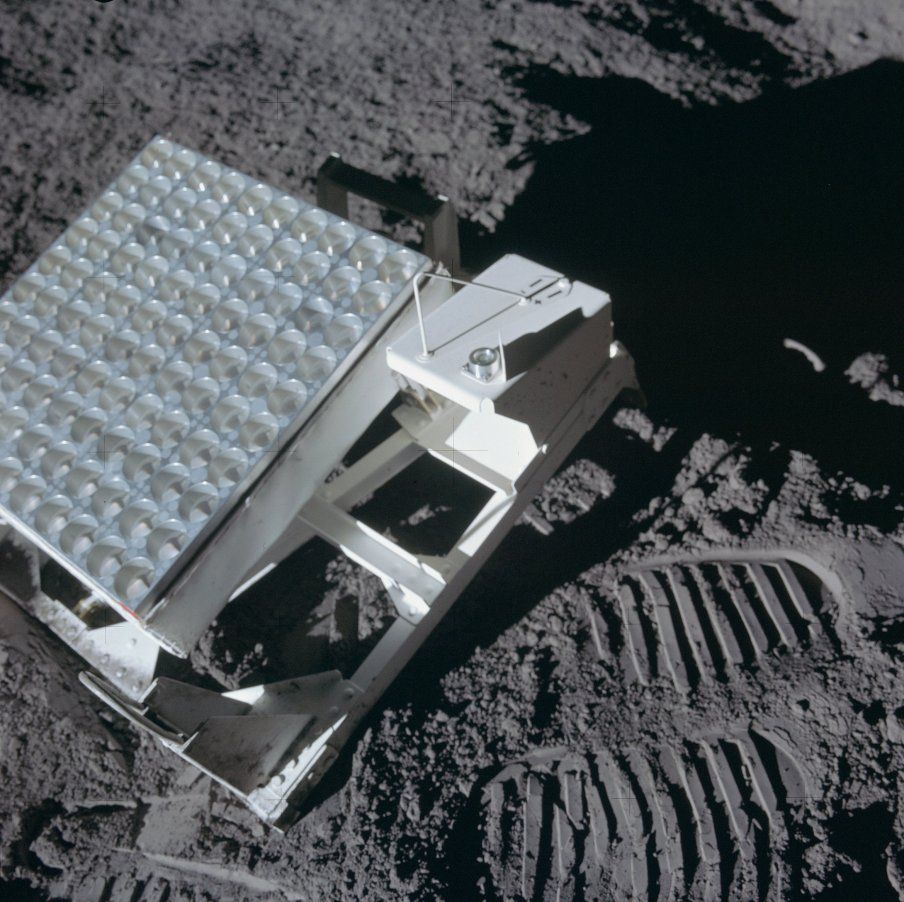
Lunar Reconnaissance Orbiter (LRO)
The Lunar Reconnaissance Orbiter (LRO) is an unmanned spacecraft designed to create a comprehensive atlas of the moon's physical features, radiation environment, temperatures, and resources. The mission places special emphasis on the moon's polar regions, where permanently shadowed craters may contain significant amounts of water ice that future human explorers might be able to exploit. LRO launched on June 18, 2009.
Key Staff
- Science Collaborator: Stefano Bertone
- Science Data Manager: Maria Banks
- Science Collaborator: Gael Cascioli
- Co Investigator: Erwan Mazarico
- Project Scientist: Noah Petro
Instruments
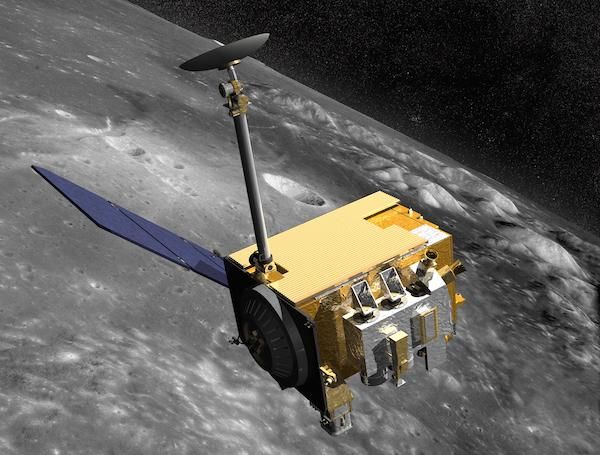
Multi-Kilohertz Micro-Laser Altimeter (MMLA)
The MMLA is a proof-of-concept instrument designed to demonstrate the application of a patented single photoelectron level laser ranging method, developed by GSFC's SLR program, to imaging laser altimetry. This ranging method treats all photon events, both random background noise and signal, as potentially valid during the acquisition phase.
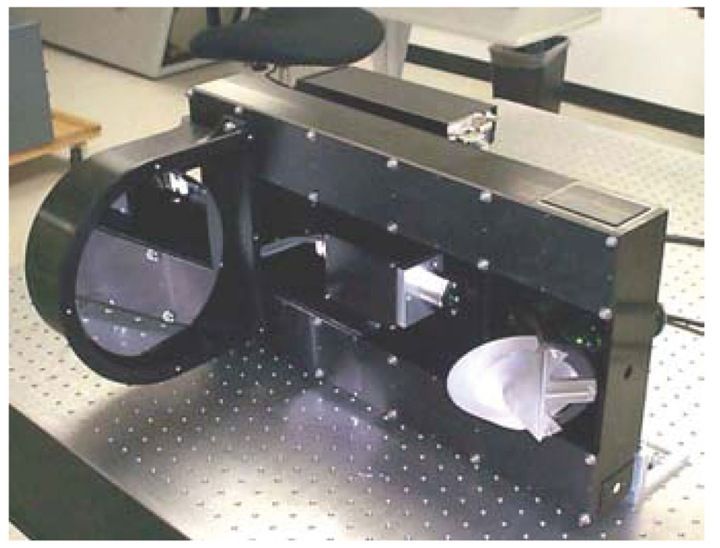
OSIRIS-APophis EXplorer (OSIRIS-APEX)
OSIRIS-APophis EXplorer (APEX) is the extended mission for OSIRIS-REx, sending the spacecraft to a new destination after the sample collected from asteroid Bennu was returned to Earth in September 2023. APEX will rendezvous with near-Earth asteroid Apophis just after it makes a close approach to Earth in 2029. Following the observation strategy performed at Bennu, APEX will use the same instrument suite to perform comprehensive observations of this potentially hazardous object. Although it cannot return a sample, the mission will also use the spacecraft thrusters to excavate the surface for further analysis. OSIRIS-APEX is led by PI Daniella DellaGiustina of the University of Arizona and managed by GSFC.
Key Staff
- Co Investigator: Amy Simon
- Co Investigator: Hannah Kaplan
- Co Investigator: Dennis Reuter
- Co Investigator: Lynnae Quick
- Project Scientist: Amy Simon
- Deputy Project Scientist: Scott Guzewich
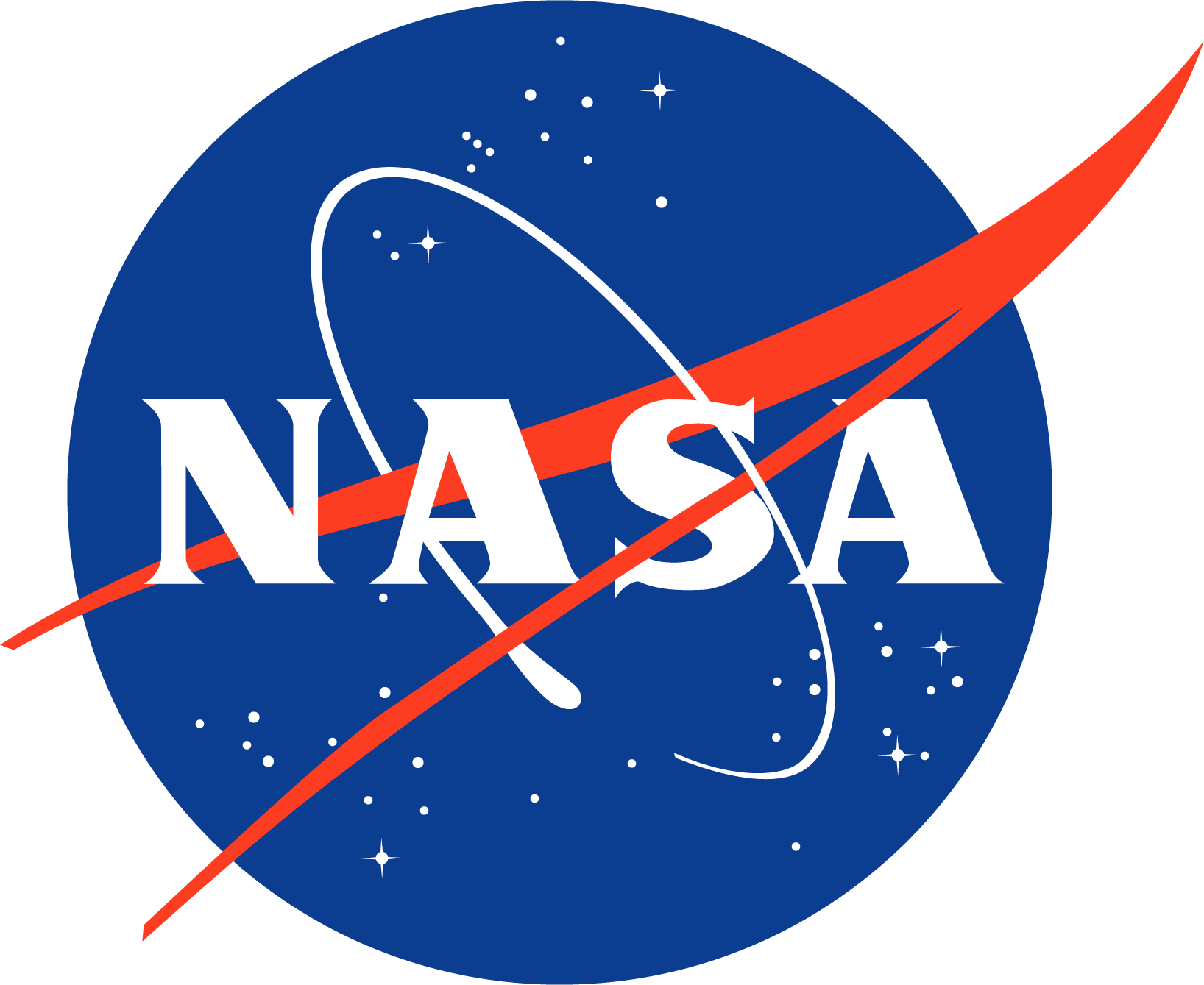
OSIRIS-REx (OSIRIS-REx)
OSIRIS-REx (Origins, Spectral Interpretation, Resource Identification, Security--Regolith Explorer) launched September 8, 2016. It explored the Near Earth Asteroid (101955) Bennu in detail including with the Goddard-built OVIRS instrument. OSIRIS-REx collected a sample in October 2020 and returned it to Earth on September 24, 2023. This sample will help us investigate planet formation and the origin of life, and the data collected at the asteroid will also aid our understanding of asteroids that can impact Earth (Bennu is a potentially hazardous object with a 1-in-2,700 chance of impacting Earth between the years 2175 and 2199). OSIRIS-REx is led by PI Dante Lauretta of the University of Arizona and managed by GSFC.
Key Staff
- Support Scientist: Sander Goossens
- Research Associate: Nancy Jones
- Science Collaborator: José Aponte
- Science Collaborator: Jamie Elsila Cook
- Research Associate: Erwan Mazarico
- Research Associate: Michael Callahan
- Research Associate: Brooke Hsu
- Research Associate: Lora Bleacher
- Research Associate: Jamie Elsila Cook
- Program Scientist: James Garvin
- Co Investigator: Dennis Reuter
- Co Investigator: Amy Simon
- Co Investigator: David Rowlands
- Co Investigator: Gregory Neumann
- Co Investigator: Daniel Glavin
- Co Investigator: Hannah Kaplan
- Co Investigator: Lucy Lim
- Project Scientist: Jason Dworkin
- Deputy Project Scientist: Joseph Nuth
- Instrument Scientist: Dennis Reuter
- Instrument Scientist: Amy Simon
